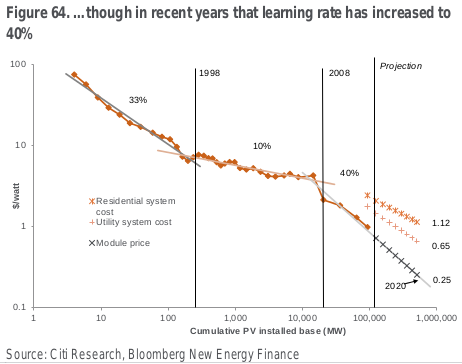FPL’s hometown newspaper never mentions solar or wind in an opinion piece asking whether you think the Sabal Trail fracked methane pipeline is a good idea. You can comment directly in the newspaper. Maybe you’d like to send your comments to FERC, as well.
Palm Beach Post Opinion Staff wrote yesterday, Should FPL’s natural gas pipeline be built?
NextEra Energy, parent of Florida Power & Light, is contracting with Spectra Energy to run a natural gas pipleine 591 miles through the heart of the state, ending in Martin County.
FPL President Eric Silagy says the company needs the additional pipeline to provide redundancy and added capacity to the state’s existing natural gas pipleines. FPL is now the nation’s largest consumer of natural gas, he says.
 It’s curious how
FPL’s own projections in its 10-year plan
don’t support Continue reading Build FPL’s natural gas pipeline or not? –Palm Beach Post
It’s curious how
FPL’s own projections in its 10-year plan
don’t support Continue reading Build FPL’s natural gas pipeline or not? –Palm Beach Post





